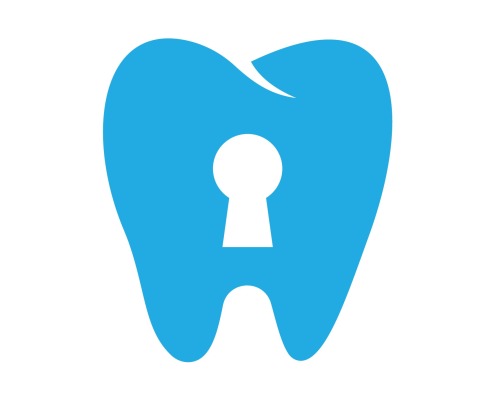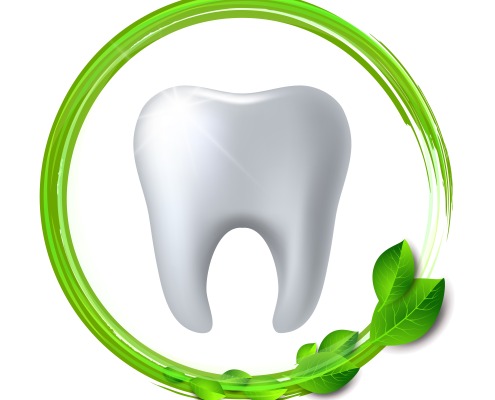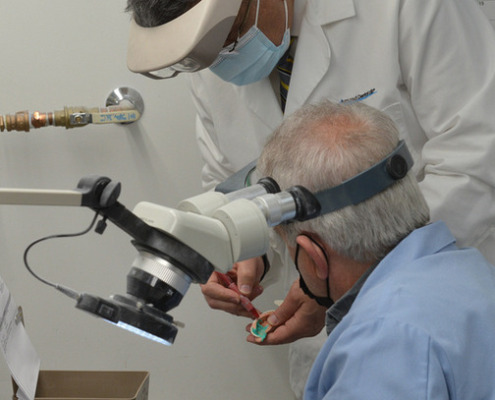
Dental Lab Nightmare: Why Dentists Are Switching Dental Labs
0 Comments
/
In the world of dentistry, dental labs play a critical role…

Balancing Oral Care and Enjoyment: Effective Communication Strategies for Dental Professionals
As dental professionals, we understand the importance of maintaining…

Best Practices for Waste Disposal in a Dental Practice: A Guide for Dentists and Dental Prosthodontists
As dental professionals, we have a profound responsibility to…

Case Planning & Solutions with Certified Dental Technicians (CDTs): Enhancing Collaboration for Dentists and Prosthodontists
https://vimeo.com/824598603
Harnessing the Power of Collaboration:…
